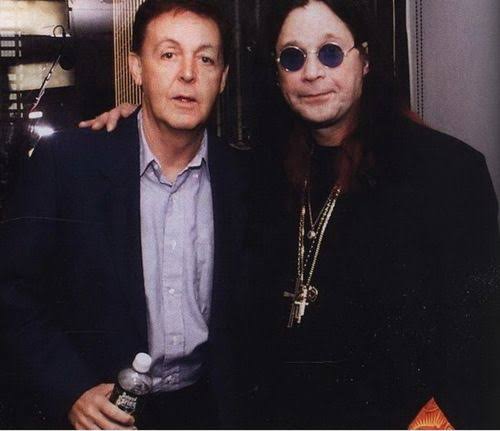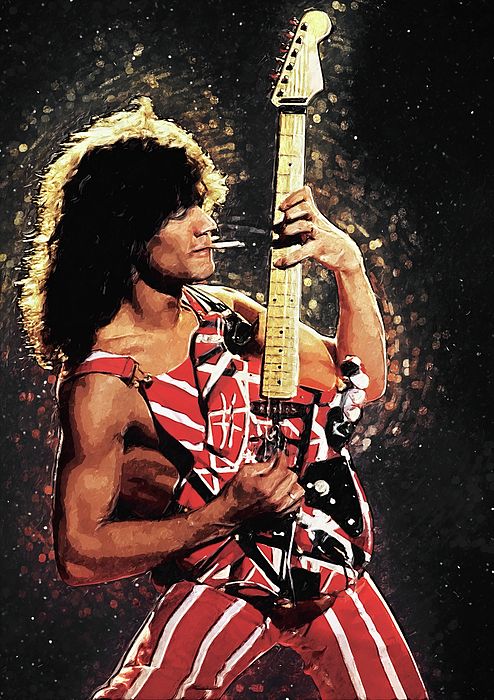**Jimmy Page and the Iconic Double Neck Guitar: A Symbol of Rock Mastery**
Few images in rock history are as instantly recognizable as Jimmy Page standing on stage, cloaked in mystery, shredding on his iconic Gibson EDS-1275 double neck guitar. The crimson-red beast of an instrument became a symbol of Led Zeppelin’s power and Page’s unmatched skill as a guitarist. Surprisingly, though, this legendary guitar was only used on a handful of Zeppelin songs—but what an impact it made.
The double neck guitar was famously introduced into Led Zeppelin’s live performances primarily to solve a practical problem: how to play all the intricate parts of “Stairway to Heaven” live without switching instruments mid-song. “Stairway” begins with a gentle 12-string acoustic guitar riff before building into a roaring solo that demands a 6-string electric. Rather than compromise the performance with a mid-song guitar change, Page turned to the Gibson EDS-1275—a custom guitar featuring both a 12-string and a 6-string neck, stacked one above the other.
With the double neck in hand, Page could seamlessly move from the song’s delicate intro to its electrifying climax. It wasn’t just functional—it was theatrical. The sight of Page wielding the massive guitar under glowing stage lights became the defining image of the band’s live magic.
But “Stairway to Heaven” wasn’t the only song to benefit from the EDS-1275. Page also used the double neck to masterfully execute “The Song Remains the Same” and “The Rain Song,” both of which required rapid transitions between 12-string textures and electric leads. He later employed it for the thunderous “Achilles Last Stand,” using its power and range to deliver one of Zeppelin’s most intense performances.
Despite its limited use in the studio, the double neck guitar took on a larger-than-life presence in Led Zeppelin’s stagecraft. It symbolized Page’s ambition and creativity—a guitarist willing to push boundaries not just musically, but visually. His use of the double neck inspired countless guitarists to experiment with more complex instrumentation and gave the live rock performance a new layer of artistry.
More than just a tool, the double neck became an extension of Jimmy Page’s mystique. Every time he picked it up, fans knew they were about to witness something unforgettable. It was rock theater. It was magic. And it was pure L
ed Zeppelin.










